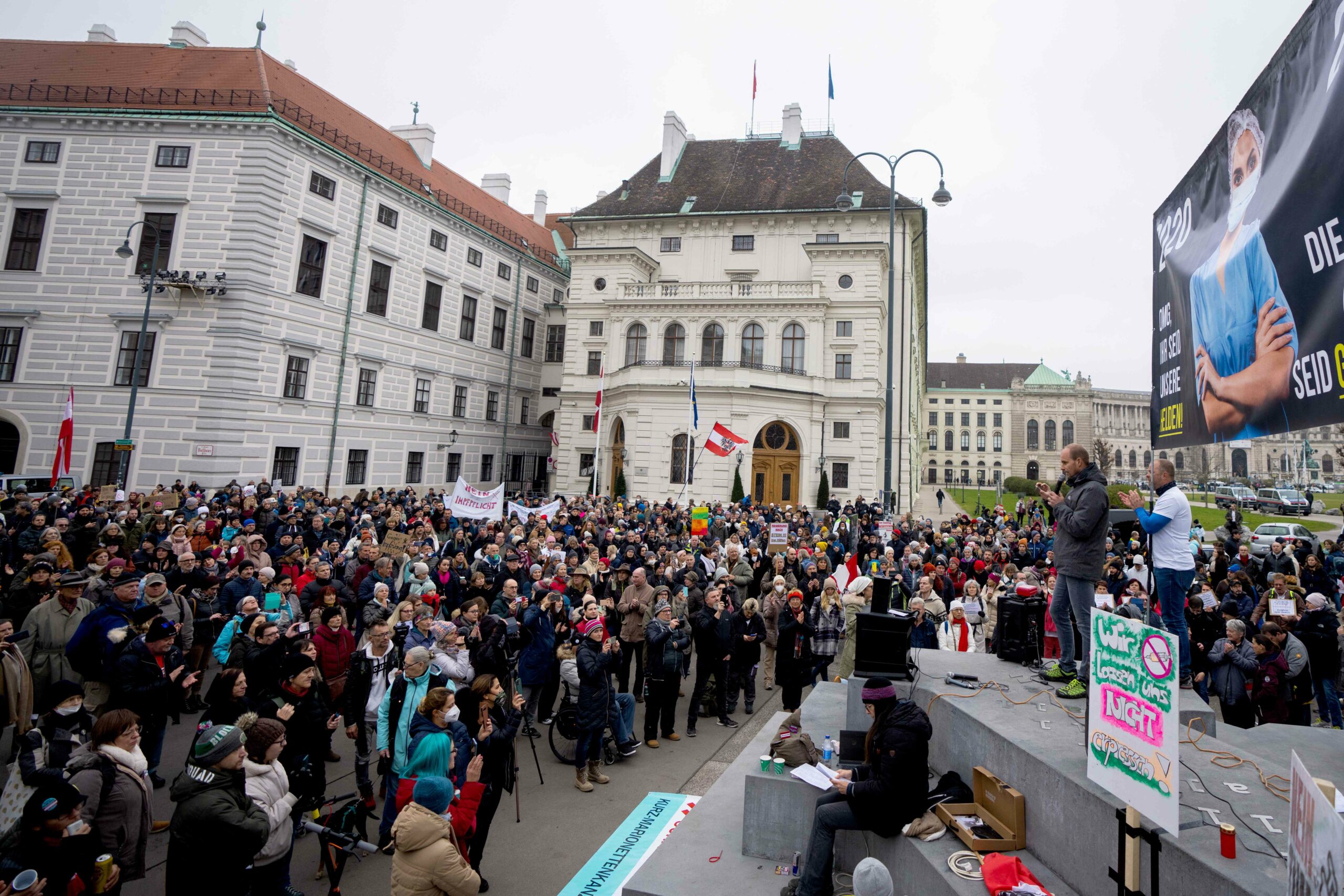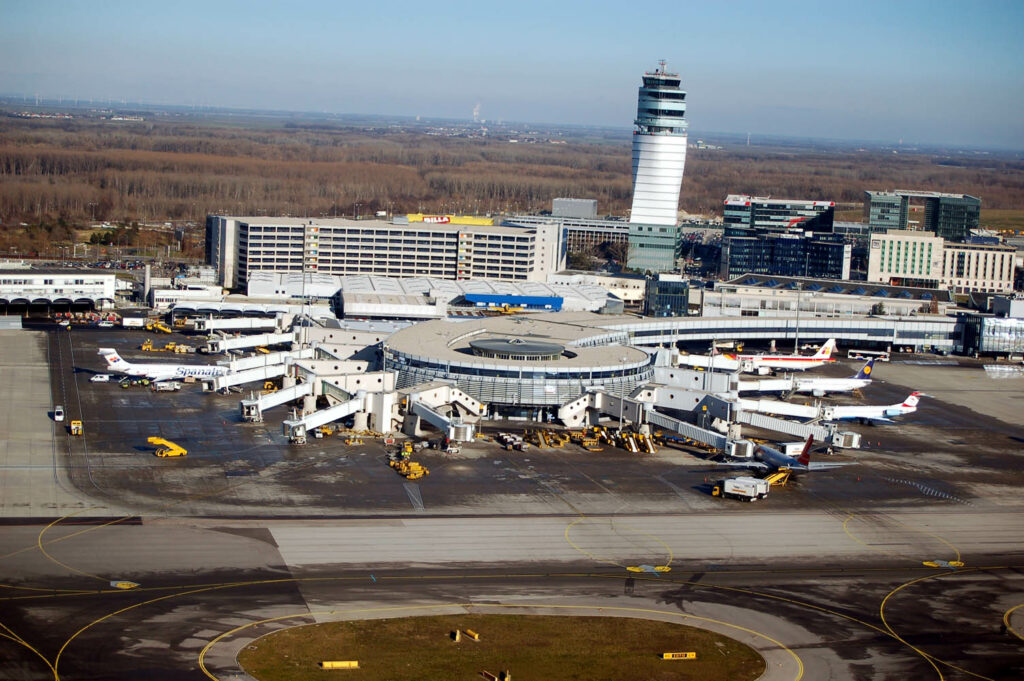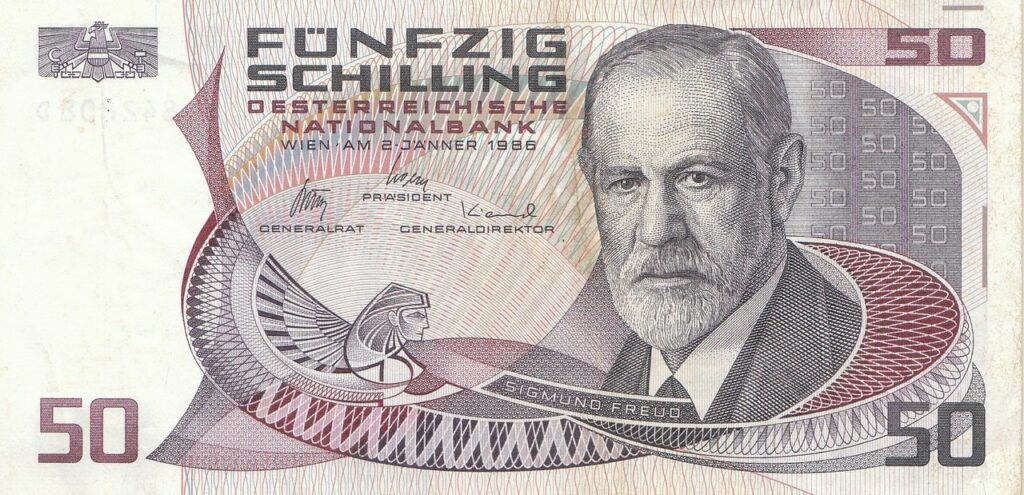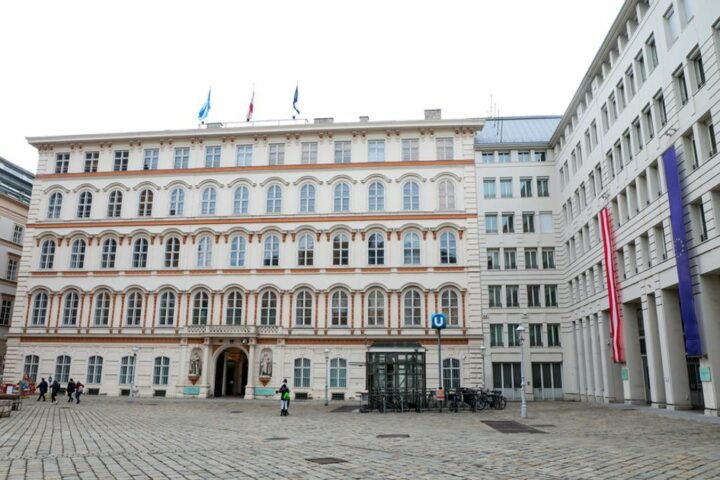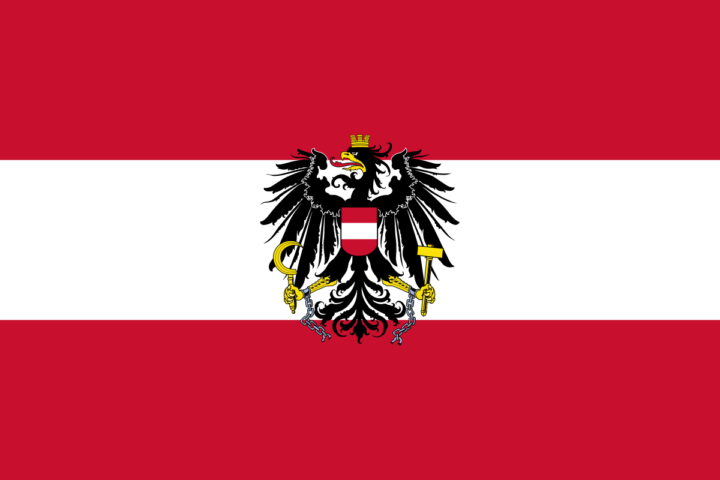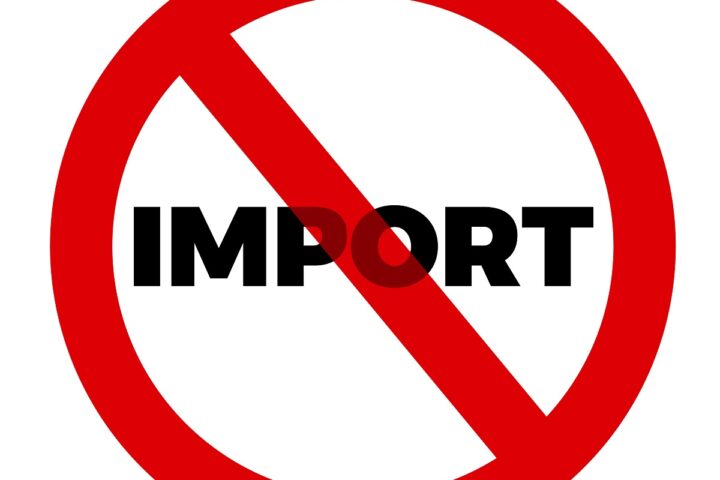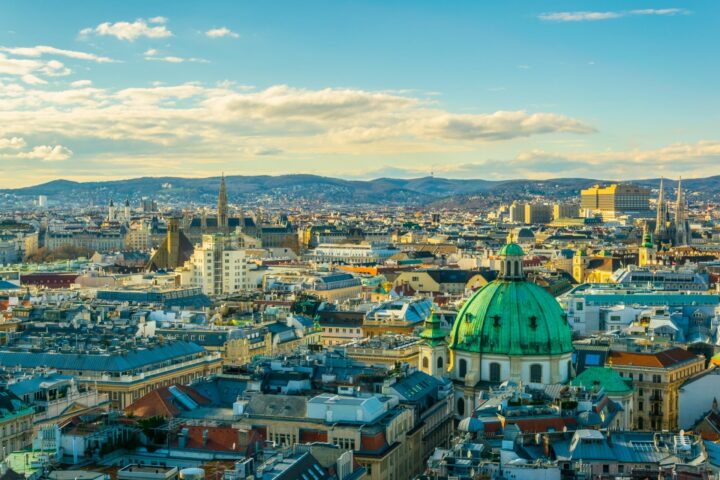Introduction to Austria’s Population
Austria has a diverse and dynamic population. As of 2023, the population of Austria is approximately 9 million people. The country boasts a high standard of living, advanced healthcare, and a strong educational system, contributing to its stable population growth and demographic structure.
Population Demographics
Age Distribution
Austria has a balanced age distribution, with a significant proportion of its population in the working-age group. The country has an aging population, with around 18% of Austrians aged 65 and older, reflecting trends seen across many European nations.
Gender Ratio
The gender ratio in Austria is relatively balanced, with a slight predominance of females. According to Statistics Austria, there are approximately 98 men for every 100 women.
Ethnic Composition
Austria is predominantly ethnically Austrian, with significant minority groups including Turks, Serbs, Bosnians, and Germans. Additionally, there has been an increase in the number of immigrants from Eastern Europe and the Middle East in recent years.
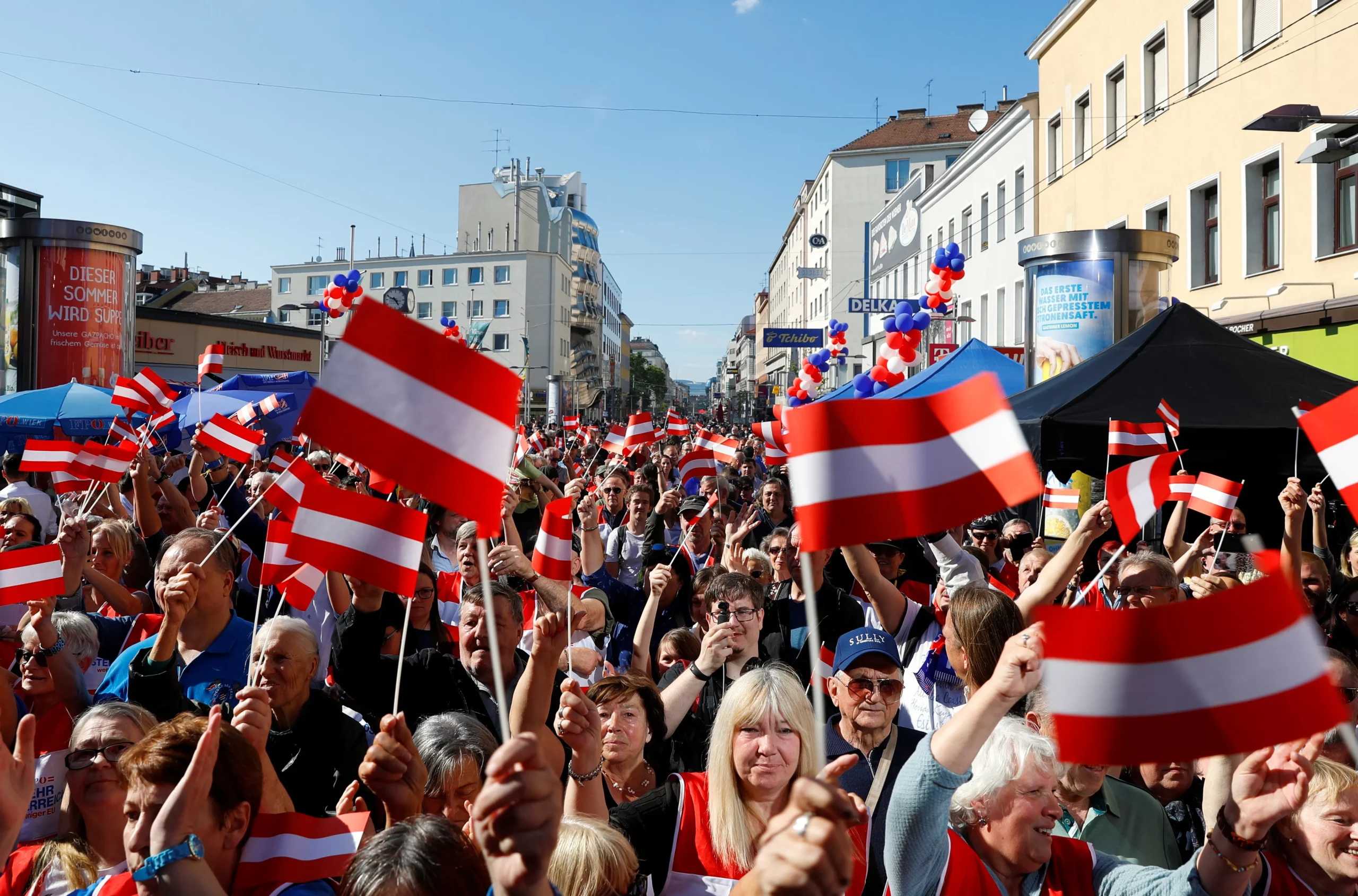
Population Trends
Historical Population Growth
Austria’s population has seen steady growth over the past century. From around 6.5 million in 1950, the population increased to over 9 million by 2023. This growth has been driven by natural increases as well as immigration.
Urban vs. Rural Population
Austria has a high level of urbanization, with approximately 60% of the population living in urban areas. Vienna, the capital city, is the largest urban center, home to nearly 2 million people. Other major cities include Graz, Linz, and Salzburg.
Migration and Immigration
Immigration has played a significant role in Austria’s population growth. The country has seen an influx of immigrants from various regions, particularly Eastern Europe, the Balkans, and the Middle East. This has contributed to Austria’s cultural diversity and economic development.
Population by Regions
Vienna
Vienna is Austria’s most populous city and its political, cultural, and economic center. With a population of nearly 2 million, Vienna is known for its high quality of life, rich history, and vibrant cultural scene.
Lower Austria
Lower Austria, surrounding Vienna, is the country’s largest state by area and the second most populous. It is characterized by its diverse landscapes, including the Danube River, vineyards, and historical towns.
Upper Austria
Upper Austria is an industrial and economic hub, with a population of around 1.5 million. The state is known for its manufacturing sector, as well as its beautiful lakes and mountains.
Styria
Styria, with a population of approximately 1.2 million, is known for its agricultural productivity and cultural heritage. The capital city, Graz, is Austria’s second-largest city and a UNESCO World Heritage Site.
Fun and Interesting Facts
High Quality of Life
Vienna consistently ranks as one of the most livable cities in the world, known for its excellent public services, cultural offerings, and safety.
Cultural Diversity
Austria’s population includes a significant number of expatriates and immigrants, contributing to a vibrant multicultural society.
Aging Population
Austria, like many European countries, faces challenges related to an aging population, which has implications for healthcare and social services.
Language
German is the official language, but Austria is also home to various regional dialects and languages spoken by immigrant communities.
Education
Austria has a high literacy rate and a robust educational system, with free primary and secondary education.
Commonly Asked Questions
What is the current population of Austria?
As of 2023, the population of Austria is approximately 9 million people.
What are the main ethnic groups in Austria?
The main ethnic groups in Austria include Austrians, Turks, Serbs, Bosnians, and Germans, with increasing numbers of immigrants from Eastern Europe and the Middle East.
How is the age distribution in Austria?
Austria has an aging population, with around 18% of its residents aged 65 and older, reflecting broader European demographic trends.
What is the gender ratio in Austria?
The gender ratio in Austria is relatively balanced, with approximately 98 men for every 100 women.
How urbanized is Austria?
Austria is highly urbanized, with about 60% of the population living in urban areas. Vienna is the largest urban center, followed by Graz, Linz, and Salzburg.
How has immigration affected Austria’s population?
Immigration has significantly contributed to Austria’s population growth and cultural diversity, with many immigrants coming from Eastern Europe, the Balkans, and the Middle East.
Why is Austria’s population increasing?
Austria’s population is increasing due to a combination of natural growth (births exceeding deaths) and significant immigration. The country attracts immigrants from various regions, contributing to its cultural diversity and economic growth.
What are 5 interesting facts about Austria?
- Austria is home to the oldest zoo in the world, Tiergarten Schönbrunn, established in 1752.
- The famous Christmas carol “Silent Night” (“Stille Nacht”) was composed in Austria in 1818.
- Austria is renowned for its classical music heritage, being the birthplace of famous composers like Mozart, Haydn, and Schubert.
- The Austrian Alps cover about 62% of the country, making it a top destination for skiing and winter sports.
- Vienna has consistently ranked as one of the most livable cities in the world due to its high quality of life.
What is the rank of Austria population?
As of 2023, Austria ranks around 97th in the world by population, with approximately 9 million people. This ranking places Austria among the mid-sized countries globally in terms of population.
What is Austria famous for?
Austria is famous for its rich cultural heritage, particularly in music and the arts, as well as its stunning alpine landscapes. The country is also known for its historical architecture, vibrant cities like Vienna and Salzburg, and its contributions to philosophy and science.
What is Austria rich in?
Austria is rich in cultural heritage, natural beauty, and economic stability. The country boasts abundant natural resources, such as timber and minerals, and has a well-developed industrial sector. Tourism, banking, and manufacturing also contribute significantly to Austria’s wealth.
What is the climate in Austria?
Austria has a temperate continental climate, characterized by warm summers and cold winters. The alpine regions experience more extreme conditions, with heavy snowfall in winter and mild, pleasant summers.
What is the national food of Austria?
The national food of Austria is Wiener Schnitzel, a breaded and fried veal cutlet, traditionally served with potato salad, lingonberry sauce, or a wedge of lemon.
What language is spoken in Austria?
The official language of Austria is German. Additionally, regional dialects and languages spoken by immigrant communities, such as Turkish, Serbian, and Bosnian, contribute to the country’s linguistic diversity.
- Austria Major Exports - June 29, 2024
- Austria Flag and Meaning - June 29, 2024
- What is the Capital of Austria? Vienna - June 28, 2024

